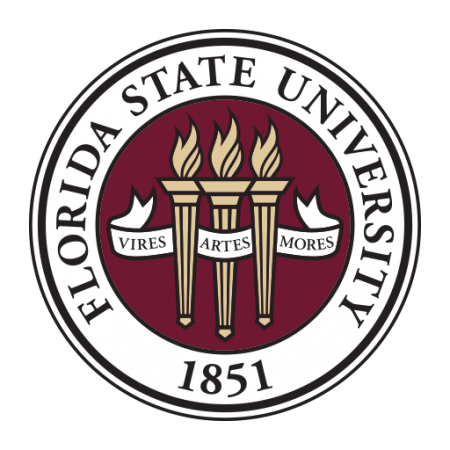
Addressing the challenges of providing safe and accessible transportation to an aging population will be the goal of a new consortium led by Florida State University researchers.
The U.S. Department of Transportation (USDOT) has awarded a $1.4 million grant to a consortium of researchers from Florida State,Florida A&M University (FAMU) and the University of North Florida (UNF) to fund the Center for Accessibility and Safety for an Aging Population (ASAP).
“Safety and mobility of the aging population have been a matter of increasing concern for transportation officials,” saidJohn Sobanjo, a professor at the FAMU-FSU College of Engineering and director of the ASAP center.“Older drivers are disproportionately involved in crashes and suffer more severe injuries compared to other age groups due to growing frailty, the need to navigate increasingly complex driving environments and, frequently, reduced fitness to drive due to health concerns.”
ASAP will be housed at theFAMU-FSU College of Engineering.Neil Charness, the William G. Chase Professor of Psychology, and Jeffrey Brown, associate professor of urban and regional planning, both at Florida State, will serve as the center’s associate directors.
ASAP will concentrate its efforts on Florida where it is projected that 22 percent of the population will be 65 or older as early as 2020, the highest percentage in the nation, but the center’s research will be valuable in addressing transportation issues for an aging population nationwide.
The center will address two of USDOT’s strategic goals: improving highway safety and strengthening transportation planning.
Providing seniors with safe and convenient access to the goods and services they need to participate fully in society will be a key issue explored by ASAP personnel, the researchers said. The center also will focus on transportation issues of rural and minority segments within the elderly population.
“Access to safe and convenient transportation is important to maintaining and enhancing the quality of life of elder Americans,” Brown said. “Much transportation research conducted to date has focused on the needs of commuters while the travel needs of other individuals, particularly the elderly, are understudied and frequently overlooked in policy making and practice. The center’s mission is to fill this gap with practical, cutting edge research that will contributed to improved access, enhanced safety and improved quality of life of elder Americans.”
ASAP will provide the consortium members with the opportunity to conduct multidisciplinary research on a large scale, while focusing collectively on a common theme. The center will focus on four interdisciplinary areas:
- Accessibility and community connectivity among older adults
- Human factors affecting the older population, especially regarding acceptance of emerging technologies
- Geometric design research, especially regarding elder crash mitigation
- Health, wellness and safety of seniors as it relates to multimodal transportation and emergency operations
“A multidisciplinary approach is essential to ensure that our aging population enjoys both safe and accessible transportation,” Charness said. “We are confident that the center’s research will result in improved transportation options for our aging population and safer roadways for everyone.”
ASAP also will support educational and outreach activities, including an annual K-12 Transportation Day, brown bag lunches, student research seed grants and dissertation fellowships and annual student research colloquia.



